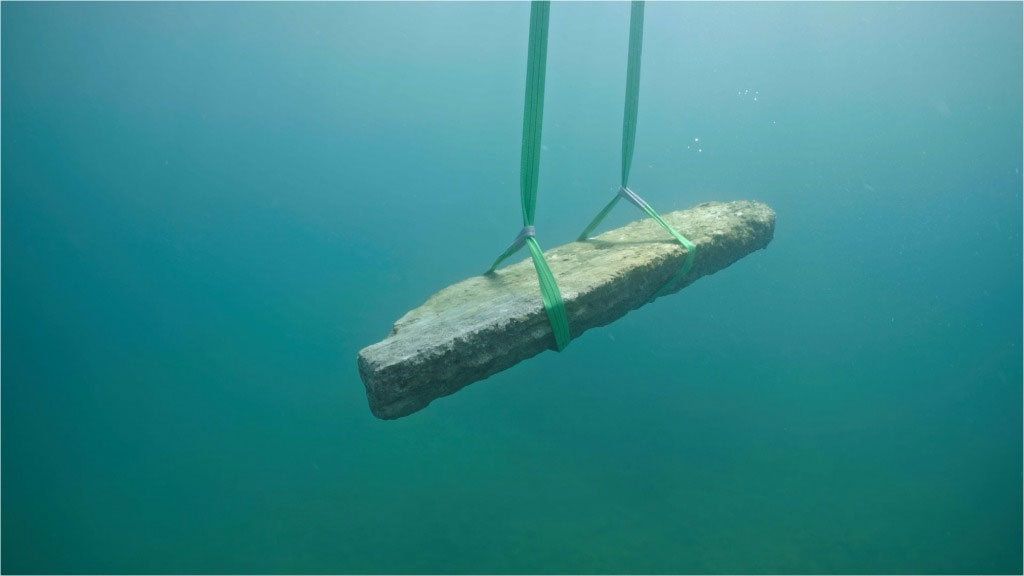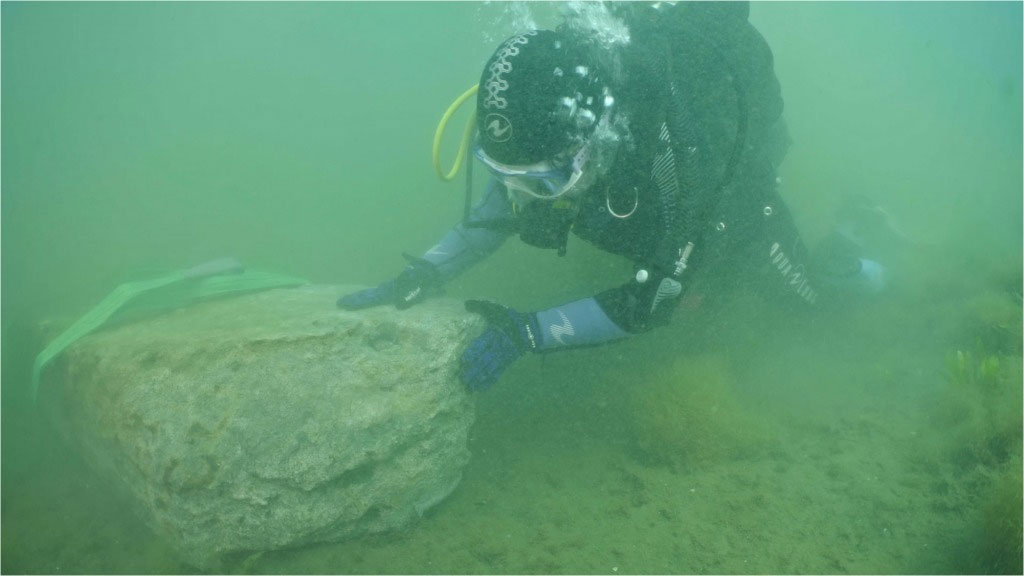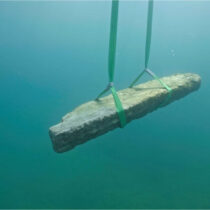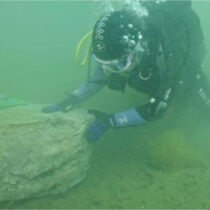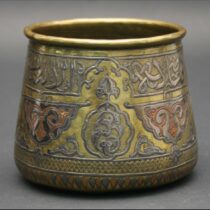An important archaeological recovery operation has been successfully carried out on the seabed off the port of Miseno in Bacoli, bringing to light finds of exceptional historical and cultural value dating back to the imperial era. The discovery was made near the entrance to the Roman port of the ancient colony of Misenum, the naval base of the Classis Misenensis, the most important fleet of the Roman Empire in the Tyrrhenian Sea.
The intervention is part of a wider project to protect and enhance the submerged heritage of the Phlegraean Fields, one of the most important underwater archaeological sites in the Mediterranean, initiating the documentation and recovery of this large and unique archaeological site.
The site contains a variety of materials, extending for about 90 metres in length in the stretch of sea between Punta Terone and Punta Pennata, with an average width of 22-23 metres and a height of about 2 metres, at a depth varying from 5 to 9 metres below sea level. Since the early 1980s, numerous surprising occasional finds have been made in the area, while a systematic excavation carried out in 1996, despite the partial nature of the investigation, brought to light a wealth of valuable finds and historical and archaeological data of great importance (statues, inscribed bases, fragments of architraves, column bases), now preserved in the Archaeological Museum of the Phlegraean Fields. These are sculptural and decorative elements belonging to the public buildings of the Roman colony that were dotted around the inlet before it was submerged by bradyseism.
The archaeological mound, which therefore constitutes an invaluable source of historical information and data, represents a post-antique intervention, created not by the overlapping of collapsed structures, but by the intentional accumulation of building materials, probably with the aim of creating a protective barrier, similar to the function performed by modern breakwaters, against the sea incursions generated in particular by the Scirocco winds. This interpretation is suggested by the state of preservation of the finds.
Aiming to protect the archaeological finds against further damage and because of their high cultural value, a Memorandum of Understanding was signed a year ago between the Superintendency and the Municipality of Bacoli, thanks also to the keen interest of Mayor Josi Gerardo della Ragione and Mauro Cucco, Deputy Mayor of the Municipality of Bacoli.
Among the measures planned and carried out was a complete survey of the entire mound. This included 3D characterisation, detailed photographs and hyperspectral surveys of the most representative sections of the mound and the seabed on which it stands. This made it possible to identify some notable finds deemed suitable for recovery and acquisition by the State, through a delicate recovery operation, using lifting balloons with suspended submerged loads, and transported by sea with the help of the Carabinieri Subacquei patrol boat. Specifically, these are two marble lintels with moulded reliefs and a fragment of a column in cipollino marble.
The importance of these finds lies in their archaeological and historical value, providing an important piece of the puzzle in reconstructing the history of the Roman colony of Misenum and its public monuments, about which little is still known.
Superintendent Mariano Nuzzo, who personally oversaw the entire operation from the sea, said: “The recovery of these finds is of extraordinary historical and scientific importance. The marble fragments found bear witness to the wealth and symbolic importance of the public buildings that characterised the entire colony. These are architectural elements that most likely belonged to representative buildings of imperial power, closely connected to the Classis Misenensis. These finds not only enrich our knowledge of the urban landscape of the time, but also give us a vivid and tangible image of the political, social and cultural dimension of Miseno in the context of the ancient Mediterranean.
“I would like to express my heartfelt thanks to the Underwater Archaeology Office of our Superintendency for the professionalism and competence demonstrated in all phases of the intervention, as well as to the divers and specialised technicians who worked with dedication and scientific rigour on the recovery. It is thanks to the synergy of these forces that today we can return a precious piece of our historical memory to the community”.
The mayor of Bacoli, Josi Gerardo Della Ragione, who was also present during the recovery operation, said: “This is a historic day for Bacoli and the Phlegraean Fields. Recovering Roman wonders from our seabed means bringing back to light treasures that will enhance the tourist experience in the city. It also qualifies the Phlegraean sea as a treasure trove still to be discovered. Furthermore, this is happening in an area that has witnessed the phenomenon of bradyseism for thousands of years. From Baie to Misenum, to the entire Bacoli coast. Thus, the Vanvitelliano Park will become even more of a museum hub of different eras and interconnected cultures. I would like to thank Superintendent Mariano Nuzzo for his great sensitivity, with whom we continue to work together to promote archaeology, landscapes and culture as the undisputed driving force behind the sustainable development to which our territory must aspire”.
